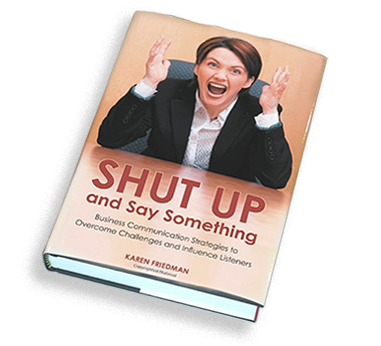I walked into a high-end women’s store that was having a 30 percent off sale. In addition to the already slashed prices, I had an additional 15 percent off coupon that said extra savings; use any time. The fine print specified no restrictions whatsoever. Good deal!
So I bought a dress. When I went to pay for it, I gave the saleswoman my coupon, which she said didn’t apply. Why, I inquired? She informed me that coupons didn’t apply to sale items. I pointed out what my coupon said, which led to a thorough eye examination of it on her part. Tick tock. Is there a problem, I asked?
Well, she said without any explanation, the coupon can’t be used. I asked for a manager. The manager scoured the fine print of my questionable coupon and pronounced it to be valid. The clerk, who at this point I thought owned the store or had significant stock options, questioned the manager’s opinion. So I chimed in suggesting that they scan the coupon to see if it would work. It did, taking 15 percent off my already discounted purchase. The manager left. I pulled out my credit card to pay.
I could not have scripted what happened next. The clerk opened a drawer and pulled out a magnifying glass. Excuse me, I asked. What are you doing? Well, she said, I’m sure there is a reason you are not allowed to use this coupon. I looked for an armband designating her as the coupon police but couldn’t find one.
Listen, I said, can I just pay? That’s when another sales person came over and started discussing lunch-break plans while I continued to stand there. Tick tock. Really? Excuse me, I said again, I’d like to pay for my purchase. Just a second, said the coupon cop; I’ll be right with you.
This is a major retailer. According to Market Pulse, its 2013 third-quarter profit was over $41 million d. I don’t get it. Clearly, they spend money on training. Clearly, they understand the value of customer service. And clearly, an additional 15 percent savings to a customer will not affect their bottom line in a big way.
I could post my experience on Facebook. I could tweet it on Twitter. I could put a video on YouTube or I could share my experience with my groups and connections on LinkedIn. If I did, imagine how many people could be turned off and shop elsewhere. Imagine how that could translate to far more than 15 percent.
Some people think social media affects other people; that it doesn’t apply to their industry. Wrong. Social media is like the old-fashioned telephone. You call Mary. She calls Sue. Sue calls Sam and Sam calls Tom. Before you know it, 100 people are bad mouthing the retailer. Only today, it happens faster. In seconds, thousands or more can hear about some else’s negative experience and spread the virtual word across the globe.
Regardless of where you work, when you speak to your company’s customer, you have just become the face of your company. As that spokesperson, it is your job to represent your organization respectably.
You may think you are only interacting with one person, but in reality, you may be interacting with thousands who ultimately can affect your company’s bottom line. All it takes is one person to start a cyber-conversation that tarnishes your reputation.
All for a coupon?








Leave a Reply
You must be logged in to post a comment.